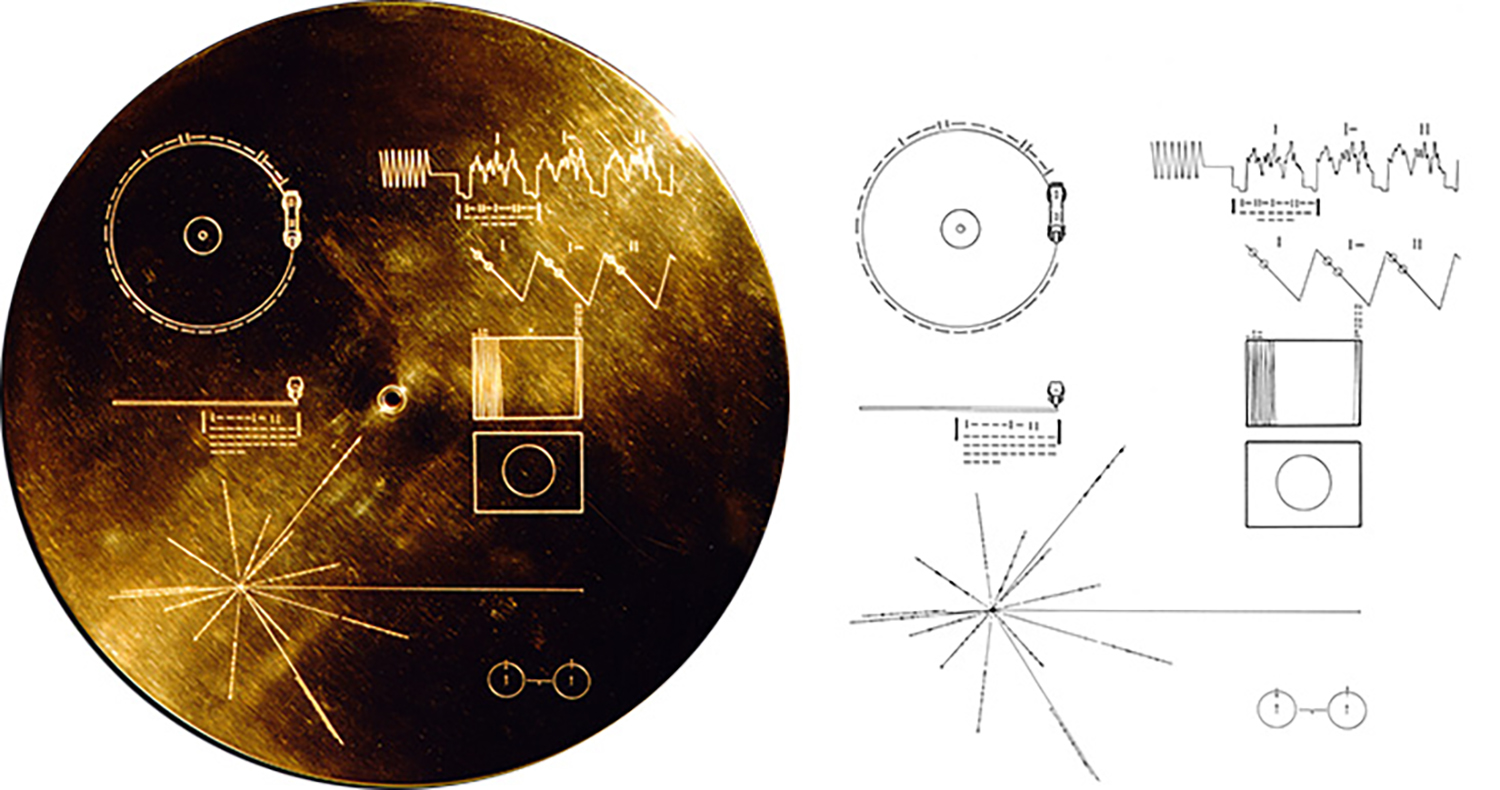Start with Akkadian, End with Wu
Article originally published on Substack as part of the 10 Years To Listen series
In 1977 when the Voyager spacecrafts blasted into space, they took with them a phonograph record, a 12-inch gold-plated copper disk containing sounds and images selected to portray the diversity of life and culture on Earth. To quote the Voyager web page:
„Each record is encased in a protective aluminum jacket, together with a cartridge and a needle. Instructions, in symbolic language, explain the origin of the spacecraft and indicate how the record is to be played. The 115 images are encoded in analog form. The remainder of the record is in audio, designed to be played at 16-2/3 revolutions per minute. It contains the spoken greetings, beginning with Akkadian, which was spoken in Sumer about six thousand years ago, and ending with Wu, a modern Chinese dialect. Following the section on the sounds of Earth, there is an eclectic 90-minute selection of music, including both Eastern and Western classics and a variety of ethnic music. "

©️ NASA/JPL
I had been thinking about this and the concept of trying explain our planet and its humans for a long time. Just after the Voyager launched I traveled overland from Europe to the Far East, a trip that lasted from 1978 ~ 1980 during which time I thought about this a lot. Meeting so many different people, you begin to feel a kind of universal connection between everyone, but explaining this feeling to someone else who wasn’t there, has always escaped me.
We knew that The Listen Project was going to air in 25 minute segments on a little viewed cable network in Japan, so when Tomoko and I were thinking of what kind of film we wanted to make, we decided to go outside our comfort zone and try to do something we’d never seen before. We pondered going around the world, becoming close to different people and letting them tell us whatever they wanted to, with very little of our ideas injected into it. What if you could for a moment, drop into a different culture and feel like you are there with real people, experiencing their life with them. How could we do that…
It took us about a year to come up with the concept, but we ended up focusing on music, poetry and dance because these are three of the the most basic of human expressions. It’s difficult to find a culture that doesn’t have some kind of song or chant or dance. It wasn’t until years later that I came to really understand this connection between sound and evolution… but more on that later.
The next problem was finding a crew. As a former commercial director I wasn’t about to shoot this whole thing with some jerky handheld iphone, but at the same time we were working on a limited budget and didn’t have the kind of money to hire lots of gear and crew. We’d have to come up with a more organic approach, while keeping quality at maximum.
So, to review, we have to go places we’ve never been, find people we didn’t know, become friends with these yet unknown people, and then shoot a scaled down, but super high quality intimate session with them.
Not having any idea how to proceed, we started to make plans.